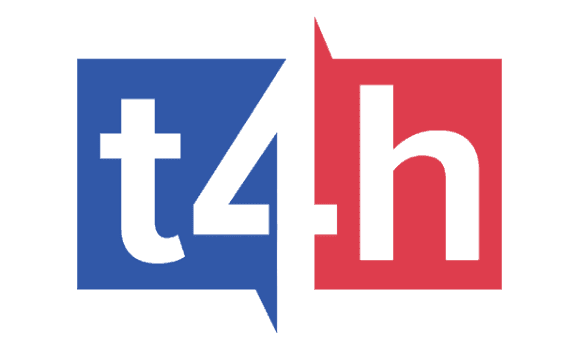Understanding Total Talent Management
If you’re interested in staffing or recruiting then you might’ve heard the term ‘Total Talent Management’ used. It’s become a common vernacular for a new way of thinking about sourcing talent for businesses around the world. Therefore, in this article, I will explain what it is. After that, I will introduce the technology ecosystem that driving it. But, before all of that, let me shed some light on where Total Talent Management has come from.
Some background
For decades, the primary method organizations have used to get jobs done has been to employ people on full-time contracts to do them. Even today, people employed on full-time contracts represent the majority of the workforce. For business leaders, the shine of full-time employment contracts–and the bragging rights of telling your customers how many people you employ–has lost its luster. In the current business climate, organizations are having to keep up with market changes. That means lots of organizational re-orgs that cost a fortune to implement–not to mention how distracting they are! Total Talent Management has emerged as a solution to fragmented IT systems, governance, and budgetary models that inhibit organizations from creating an on-demand workforce model through an inability to leverage the various mechanisms to source resources.
Definition
Total Talent Management (TTM) is a human capital management strategy to satisfy enterprise workforce demands by embracing both full-time employees and gig working in its various forms. The main contractual constructs found in TTM strategies include:
- Full-time Employment (FTE) Contracts
- Contractor Procurement – Normally procured through indirect procurements via staffing agencies
- Project Outsourcing Purchase Orders – Sometimes called ‘Outsourcing’
- Statement-of-Work (SOW) Contracts – The provisioning of work against agreed milestones stipulated in a contract
- Micro-Task (or Micro Job) Contracts – The fulfillment of tasks by gig workers, normally via an online task portal
A Total Talent Management strategy is seen by many HR and procurement leaders as the pivotal philosophical change needed to implement an on-demand workforce model that in turn helps organizations leverage the potential of the gig economy.
The ‘Total’ Talent Management Approach
Unlike traditional models of talent management oriented around the maintenance of a full-time employed workforce, a Total Talent Management strategy embraces:
- Recruitment via direct and indirect channels
- Both full-time and contingent/freelance working, applying equal weight of importance to all approaches
- A practise of constructing ‘work packages’ that can be fulfilled by the micro-task, statement-of-work, project or role
- Both a human and machine workforce
Why is total talent management becoming popular?
The rampant pace of change in the digitally enabled markets businesses serve is causing management teams to re-visit their business models and organizational designs every year. A pressure for agility and adaptability in people, process, technology and data resources is leading to a push towards on-demand sourcing of talent. Business leaders find themselves facing continuous re-org demands to accommodate changes in talent demand. To remedy this talent shortfall, Total Talent Management–a strategy of sourcing and managing talent that embraces all contractual formats and all sources of ‘workforce’–is gaining in popularity within leadership teams.
The challenges organizations face when transitioning to a TTM approach
In the last decade, the accountability and responsibility of talent sourcing strategies has been split between departmental heads, HR and procurement chiefs. Decisions on the best sourcing approach and the mechanisms used to recruit people has been fragmented by departmental priorities, systems, and decisions. Total Talent Management initiatives aim to create a joined-up requirements gathering, sourcing, and management approach to ‘get work done’ irrespective of the resources used or the contractual construct adopted. However, projects to normalize and homogenize current operational approaches are suffering as the result of:
- The lack of clear ownership of ‘the problem’
- Fragmented decision making and budgets
- A paucity of recruitment software tools used to perform functions of recruiting but failing to deliver a unifying digital ecosystem able to service the needs of all stakeholders in the staffing and work contracting process.
Technology supporting the gig economy
Changing attitudes and behaviors can be ‘enabled’ by an effective Total Talent Management technology ecosystem. This normally takes the form of an integrated portal that equips recruitment teams to work with procurement and IT colleagues to adopt the best approach to getting work done. Total Talent Management Portals have a major role to play in equipping organizations with the technology ecosystem they need to reach all of the desirable work sourcing resources to fulfill work in the most cost-effective way on-demand. In addition, they help organizations to adapt their attitudes, behaviors, and processes to embrace new organizational designs and smarter ways of getting work done.

